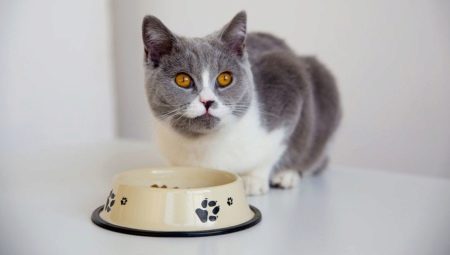The diet of a pet directly affects its health and well-being. Therefore, truly caring owners are always seriously and responsibly approach the issue of nutrition and creating a menu for their pet. But to feed a cat or cat with the same food all his life will still not succeed. In certain periods, you will have to face the need to switch to another diet. About what reasons it may be necessary to transfer a cat from one feed to another, and how to do it correctly and quickly, we will tell in this article.
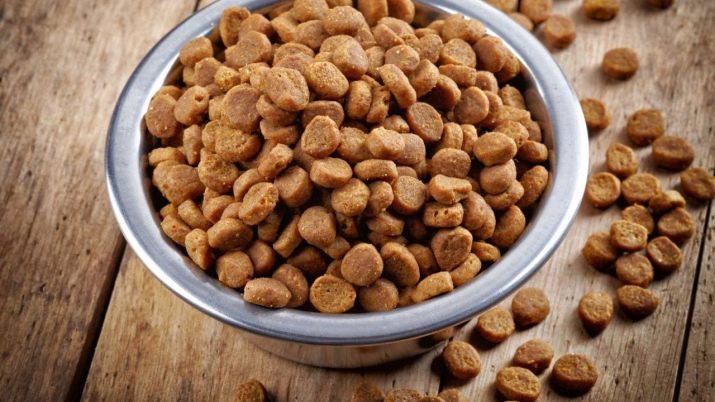
Reasons for a change in diet
Pets grow and develop. The task of a caring owner is to sensitively monitor the well-being, health status and other characteristics of your pet. After all, it is the owner who creates all the conditions for the cat, including the formation of the animal’s diet. In turn, cats in the process of life, like humans, form their habits and preferences. Therefore, to the surprise of the owner, the pet can take another feed very reluctantly. But still, any owner of purring pets will sooner or later be forced to face the need to change the cat's menu.
This can happen for one of the following reasons.
- The kitten has reached puberty. An adult animal needs less nutrients and vitamins. For convenience, feed manufacturers label their products by age.
If you continue to give an adult cat food intended for kittens, over time an excessive amount of trace elements no longer needed by her will accumulate in her body. And this is as harmful as their lack, and can lead to various disorders and harm the health of the animal.Therefore, veterinarians recommend adjusting the diet of an animal after it reaches adulthood.
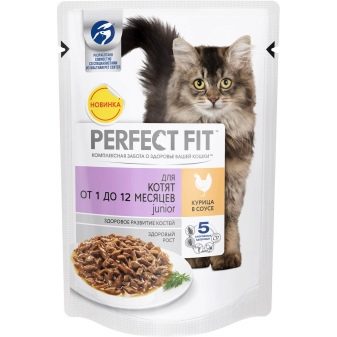
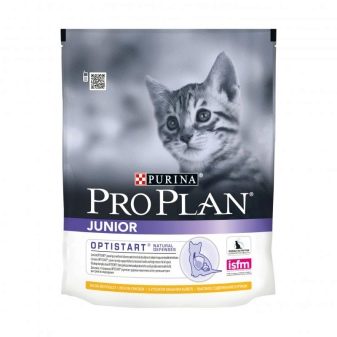
- During pregnancy, the cat again requires enhanced nutrition. It is especially important at this time to give the animal food with a sufficient content of proteins and vitamins. A pregnant cat often has a strong appetite, and she begins to eat in large portions. But this creates an additional undesirable burden on her digestive system. Therefore, during pregnancy, it is better to transfer your pet to enriched food for kittens or for pregnant cats. At the same time, the amount of feed at one time can not be increased.
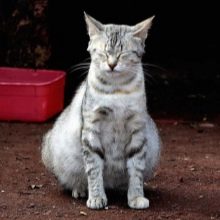
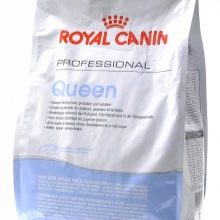
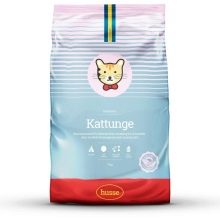
- Sterilization of a cat or cat affects their hormonal background. Therefore, the owner should carefully monitor the diet, in order to avoid the development of pet obesity. Sterilized animals in most cases, unfortunately, become prone to gaining excess body weight.
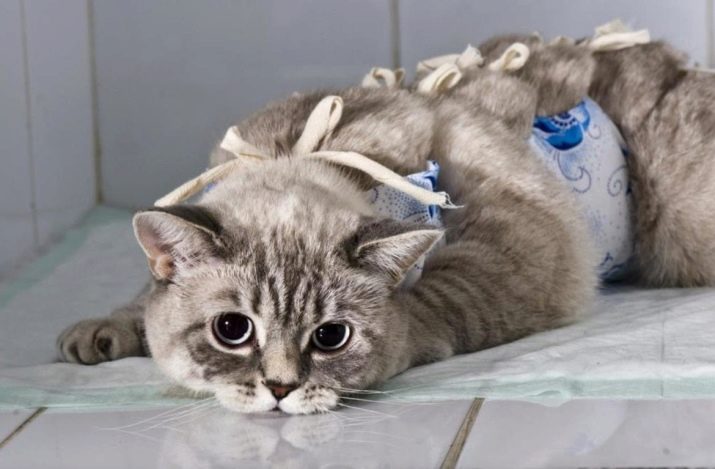
- Food allergies or intolerances to any feed components are also a good reason for changing diet.

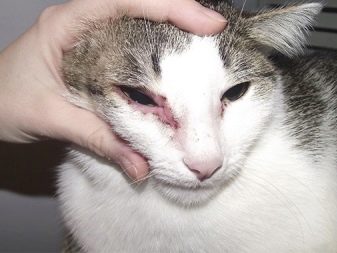
- Old age a pet leaves a big imprint on its general condition and on the performance of the digestive system. Often, older cats already have certain diseases that need to be considered when drawing up their menu. Older animals need to limit the amount of protein in food, since this component gives a large load on the liver and kidneys. But the regular intake of vitamins with food for an elderly pet is very important and necessary.
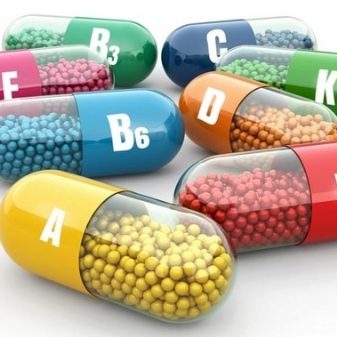

- Unfortunately for the owners, fluffy purrs are not immune from various diseases. During treatment, the doctor is likely to recommend a change of diet. Often there is a need to transfer a sick cat to a special therapeutic feed.
But in no case do not select medical nutrition for your pet yourself. Consultation of a veterinarian in such cases is required.
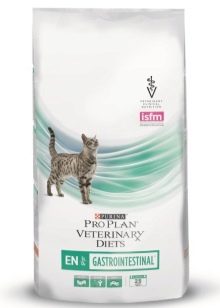

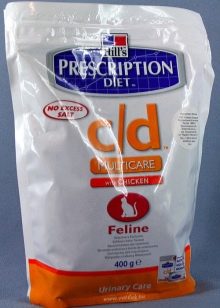
- Sometimes, for one reason or another, firms stop releasing feed that your pet is used to. Since it is now impossible to find him on sale, perforce, one will have to look for an alternative for the cat.
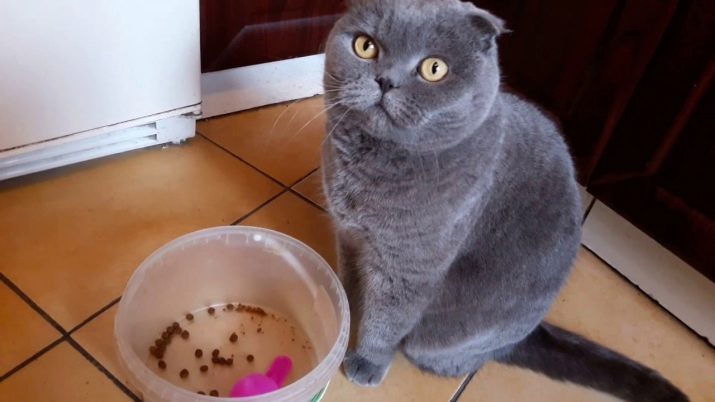
How to change feed quickly and correctly?
Sometimes switching to another diet occurs very quickly and without any problems. But not all cat owners are so lucky.
Purrs often become true gourmets and all kinds of tricks, continuing to demand their favorite and familiar treat.
And what kind of host is not moved at the sight of a mournful begging look?
Even in the arsenal of cats there is an expressive meow, as well as a demonstrative rejection of objectionable food. You may have to face some of the above when you change your cat food. However, when transferring the animal to a different diet, you need to be persistent and patient. And the following tips will help you make the transition to a new diet easier for both the cat and you.
- Veterinarians categorically do not recommend changing the usual food dramatically. In the cat's menu, new food should be included gradually. In the first couple of days, add 25-30% of the administered product, and leave the rest of the food the same. Over the next days, gradually increase the proportion of new feed by 10-15% per day. In about 10-12 days, the animal should completely switch to another diet.
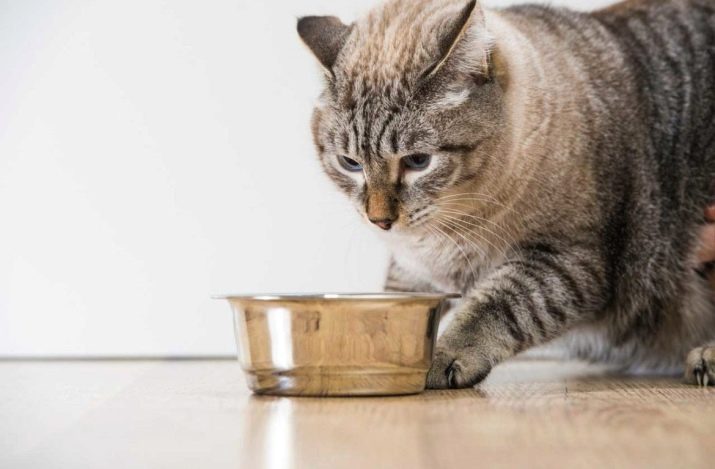
- Do not mix familiar and new food in one bowl. It is better to give them at different times.
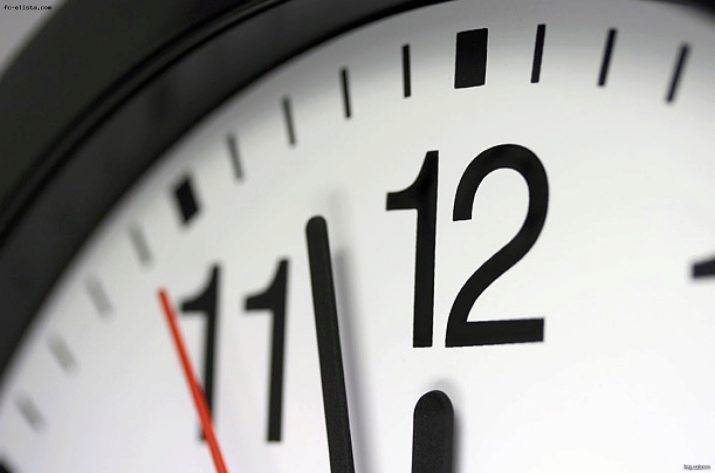
- In the period of accustoming to a new diet, monitor the condition of the animal. If he has symptoms of allergies, indigestion, general lethargy, then a new component should be excluded from the diet and show the cat to the doctor.
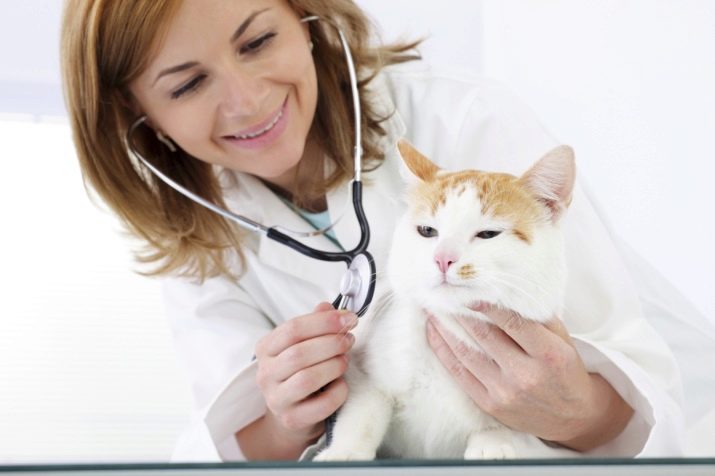
- When transferred to dry food in the early days, it should be soaked and given to the animal soft. The introduction of a dry product into the cat's diet is also carried out portionwise. Remember that a pet that eats dry industrial feeds needs a lot of fluid.Make sure that the cat has constant access to fresh water.

- The reverse translation of an animal from industrial feed to natural is often not easy. Dry granules have an attractive and rather strong smell, while natural meat is not so irritating to the touch of the animal. A cat, accustomed to eating dry food, may simply not be interested in meat products.
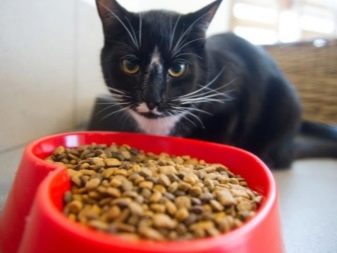
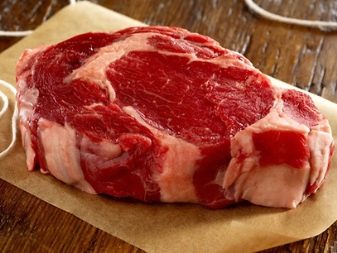
Often in such cases you have to apply forced exposure. The animal should be left without habitual food for some time, and after a short unloading period, present it with a new product. The method is not one hundred percent, sometimes it is necessary to make several attempts.
In addition, many pets, knowing the owner’s weakness and kindness, begin to take him in return as a moral "starvation", defiantly starving at a full bowl.
remember, that the cat may not eat up to 3 days without harm to its health. But accustomed to regular nutrition, home spoilers very often give up after a day.

Veterinarian Warnings
When changing meals, the owner should be careful, patience and attention to your pet. Beware of making the following mistakes when transferring a cat to a new feed.
- Some foods must not be mixed. The manufacturer warns about this on the packaging. Therefore, carefully study it when you purchase new food for your pet.
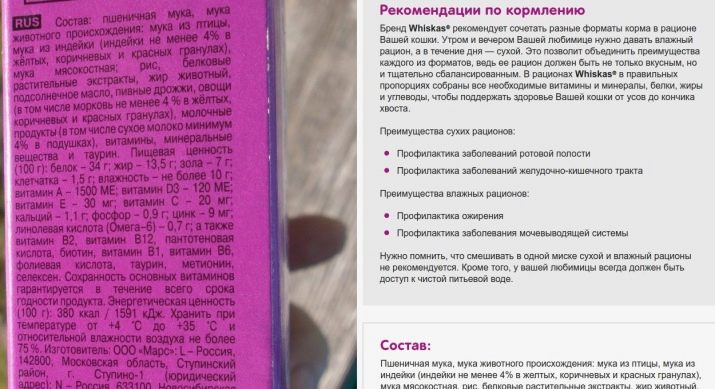
- Do not try to force the cat. This will put him into a stressful state. Most likely, after what he experienced, he will form an aversion to the product that he was fed against his will.

- Do not let the cat starve for more than 3 days. If the pet stubbornly refuses new food, give him the usual treat. Try to learn to eat another meal after 2-3 days.
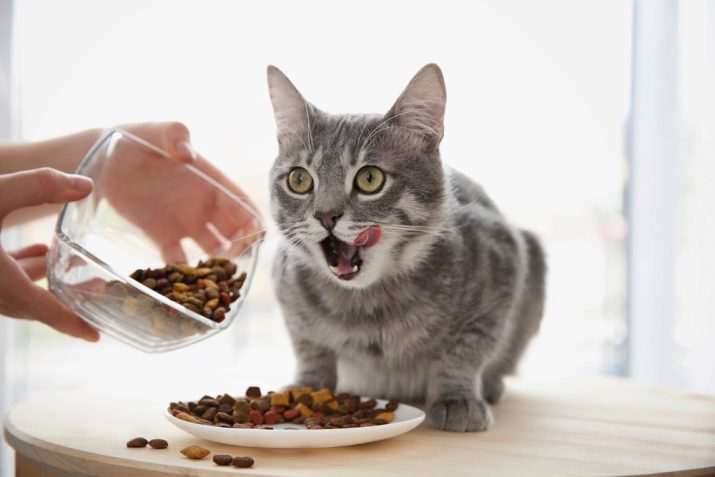
- Never change the diet of a domestic cat at the same time. The transition should be gradual, as the digestive system of the animal takes time to adapt to new food.
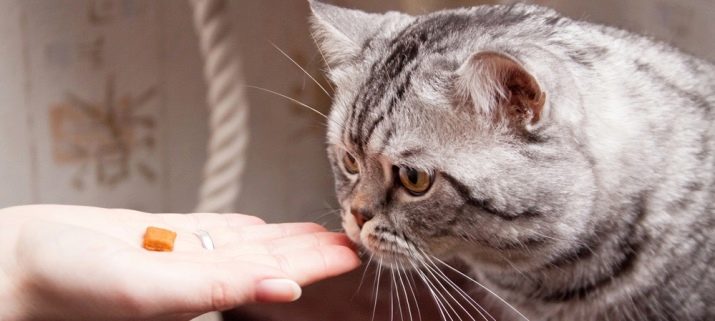
For details on transferring a cat to another feed, see below.
